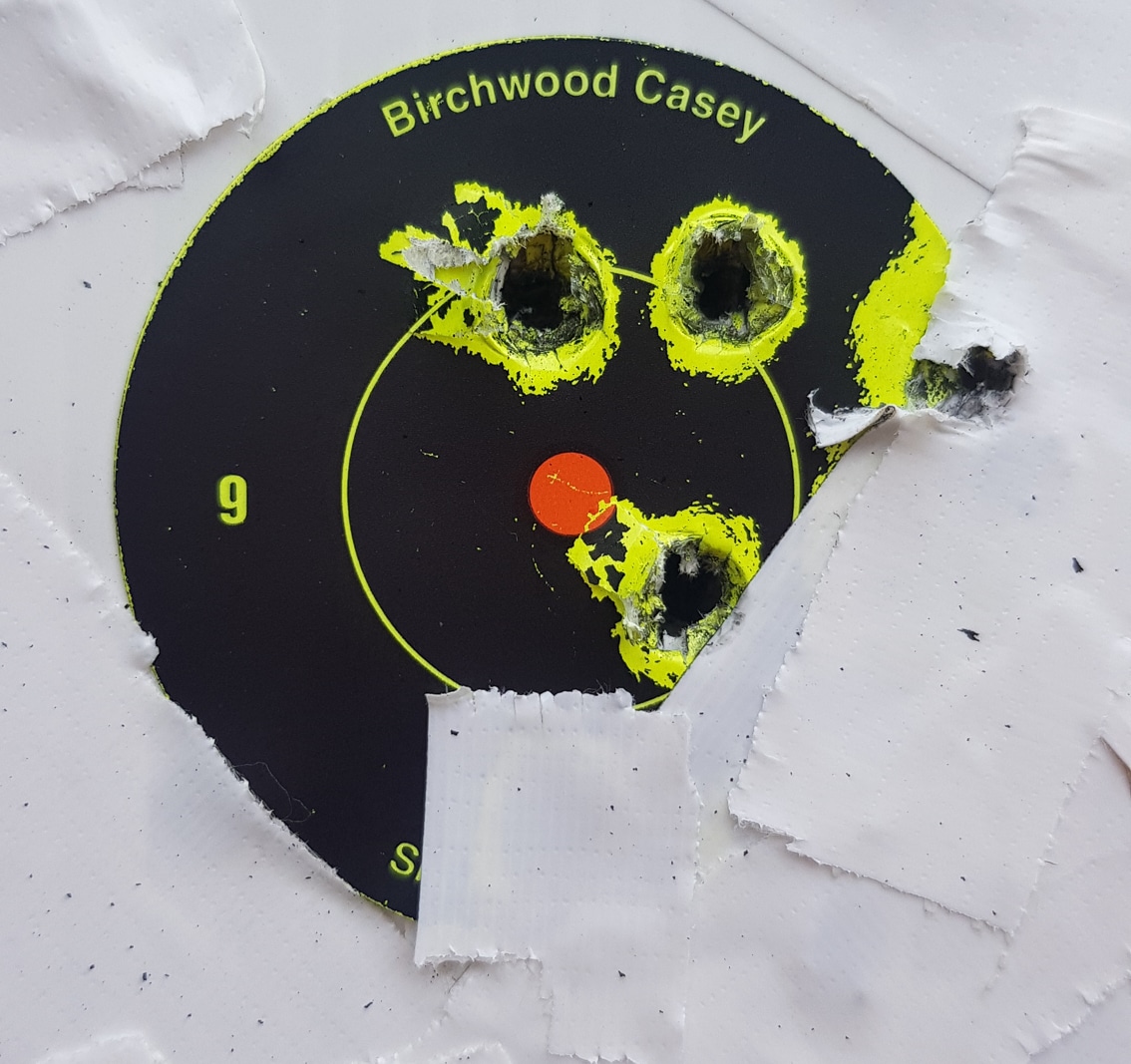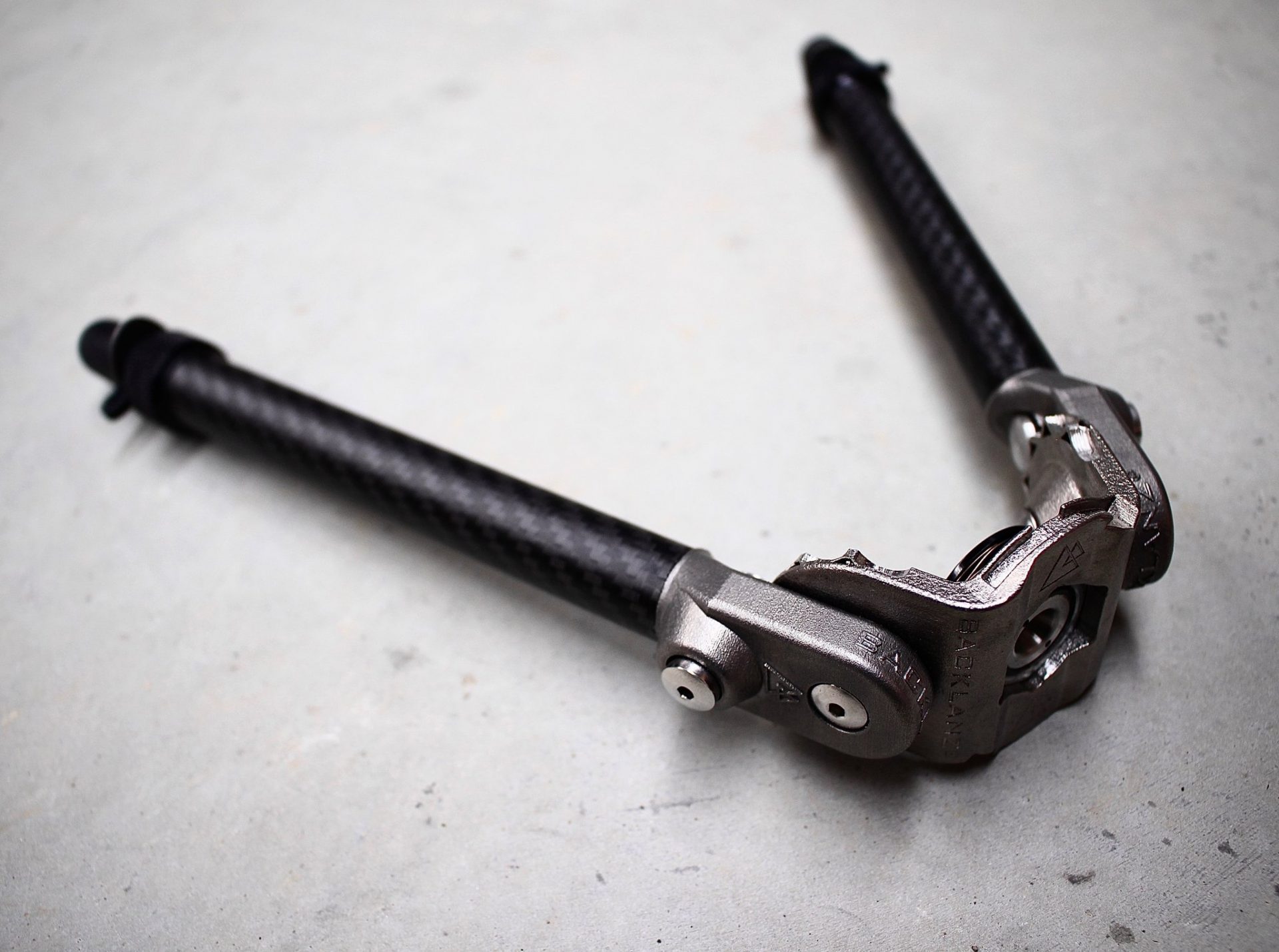Update
Since initially writing this review, I see that Backlanz have added a ‘precision series’ to their options.
These look to offer a more robust but still light bipod option. When they first looked to do that, I talked with them about what I would like to see in a ‘Precision, Lightweight’ Bipod. I note there is an Arca Swiss mounting option, which is also good, considering we are seeing more of that as an option for replacing stud mounts or even Picatinny now.
I think I would likely be ‘more successful if I didn’t have a habit of saying what I thought, irrespective of potential loss of favour with companies in NZ, but I didn’t initially set up The Bloke to sell adverts; I set it up to provide my own, honest opinion on new gear and happenings within the community.
While I still have to hold my tongue regarding some of the politics, with gear, I have found people appreciate a blunt response and less fluff.
So, read the whole article before commenting. Did I like the bipod? Well yes! And no. Like many things. It’s going to depend on what you want to use it for.
We need to compare this new offering to the existing lightweight options out there, of which I have sold and used plenty of them.
The Company
Backlanz is an NZ-owned and operated company – set up by Ethan Todd and based in the South Island. Seeing a local group bringing new ideas and manufacturing to the industry is nice.
The Overview
The bipod is intended to be a lightweight bipod for hunters. Understanding this is essential because I have criticisms of the bipod (coming soon) about using this as a precision rifle support – not necessarily as a lightweight option. Although, I will also compare it to the other light options I have experience with – the NeoPod and Spartan Javelin.
It’s a quick detach system – the idea is that you can keep the bipod in your pack most of the time and then attach it when you need it. It should be noted, though. I have seen online that this is heralded as a weight-saving option, though you only move the weight from the rifle to your pocket. I am just saying.
More importantly, you can quickly remove the bipod should you get into some scrubby country – and it’s certainly less likely to get hooked up that way. Also, the way the sling attaches means that, unlike a Harris-style stud-mounted option, you can quickly remove the bipod and still have the sling attached. I don’t use a sling, but many hunters do, so it’s a nice feature.
The bipod has extendable legs locked in place by a twist ring. I have mixed feelings about this – again – from a weight-saving angle – yes – pretty much the only way to go. But, I have also struggled with these things regularly – especially when trying to adjust the bipods once behind the rifle – and tell people to avoid the similarly working harris like the plague. Notches are the way to go, but adding weight is another trade-off.
At the end of the legs are covered spikes. I like spikes. I like to pre-load a bipod and find on many surfaces; the legs will tend to slide and ‘unload’ the bipod. Having spikes on them gives that extra bit of purchase. I also like that the spikes on this bipod are not quite as aggressive as some – having spiked myself more than once while carrying rifles; I appreciate that and the easy method of covering and uncovering them.
Installation
Was easy. Remove the existing sling stud from your rifle (note the patented fork technique) and replace it with the base plate and screw supplied – the lads at Backlanz also provide a tool to tighten up the screw, and, if needed, the baseplate comes with sticky pads that can help secure the base to a flat or oddly shaped forend. This one was going onto a Tikka T3 – so it fitted on quickly.
Once the base plate (made from Titanium and weighs nothing) is mounted, putting the bipod on is a relatively simple process: placing it at a 45-degree angle, rotating it, and then pressing down on the ring mount to lock it into place.
Build
This bipod’s carbon fibre and titanium build is an excellent, industrial, but purposeful fit and finish. Unlike the NeoPod, which can come across as very light and plastic, the Backlanz feels solid and will take a bit of a bashing (which, sadly, through experience, the NeoPod can’t).
The legs can be positioned at various angles, which was pioneered (I think) by the Atlas Range of bipods. The lockup isn’t quite as solid as the newer Atlas or heavier bipod options (the king of that still being the Accutac, from my experience) – but it is undoubtedly better than the original Atlas or even the Fusion Bipod that I was importing for a time. This give is mainly taken out when you pre-load the bipod. However, that introduces another issue we will discuss in a bit.
The overall look and finish of the bipod would not be out of place on a high-end rifle – and I see them popping up more and more during my rifle setup services. It’s probably a split between the Backlanz and Spartan now – which has been a quick and exciting trend to watch happen!
In Use
I used the Backlanz Detachable Bipod primarily on the range while setting up a pile of rifles. It’s living on the primary gun in use at Balnagown Hunting – so it’s going to be used by a lot of new and experienced hunters in the next couple of months. I will gather additional feedback and likely follow up on this article shortly.
While confirming the zero on the .243 – it performed like you would expect a bipod to do. It is quick to deploy (I would expect it to live on the firearm most of the time) and set up, with me forgetting which way the tightening ring went only once. I am sure that with use, this would become a bit more instinctive. It supported the rifle well and was a more solid bipod than the NeoPod (which I never got that comfortable with) or the Spartan Javelin. This is not to say that either of these bipods doesn’t work as a bipod, but the Backlanz felt more solid when used.

Quick Detach
The on/off mechanism is not as fast as the Javelin’s magnetic socket – not by a long shot – but – once on, it did feel more substantial. I have friends who swear by the Javelin – and – to be fair are excellent shots with it. Some of this is always going to come down to personal preference.
Pan and Cant
This is probably where I came up with (for my use) the bipod’s weakest point. While having a panning option on the bipod is lovely, the incorporation method is the opposite of what I would have done. By loading the bipod forward, a ‘pin’ comes out of a slot to free up the bipod’s ability to pan. That is the opposite of what I would like to happen. I prefer to unload the bipod to pan, with the unit locking up tight when I did load it. Pre-loading a bipod means taking any movement out of the bipod, and having an intermediate stage that allows more movement is not ideal (for me and the way I shoot).
I guess, thinking about this, there are likely a lot of hunters who don’t load a bipod and sit it neutral before shooting. The way I shoot and show people to shoot is not the case – as we utilise the pre-load in our recoil management practices. This is primarily a conflict between shooting methods, not the equipment itself.
Similarly, while welcome in a bipod, the cant is spring-loaded, requiring muscle tension to hold the cant angle. While I didn’t test on a larger recoiling rifle (and I don’t recommend super lightweight and considerable recoil). This relates to the more significant trend of lightweight ‘big’ guns – and I am sure that plenty of people are going to tell me to ‘suck it up princess’ – so – fine – whatever – do as you please. Like 6.5 Creedmoor, when you are ready to join the big kids, we will await you. I would pick the 2nd sight picture (where you end up after breaking the shot), which will be thrown out by the cant spring resetting under recoil. Again – for hunting – if you have a spotter working with you – this won’t be an issue – but be aware of longer shots with higher magnification and more recoil.
At least, I think it is a cant feature. I have also read that this could be attributable to the mounting system and is not necessarily intentional. I would suggest long-range shooting, but a cant is preferable to a pan.
The lightest? The Best?
Ohh… here we go! The juicy stuff!
The Worlds Lightest Extendable Carbon BipodFront Page – https://backlanz.co.nz/
At 158 grams – the Backlanz is indeed a very light bipod. At 90 grams, the NeoPod is lighter. The NeoPod is a “carbon fibre reinforced PEEK polymer”, to be fair. They also tend to break. And they are more expensive, with the mounts causing eye-watering pain. The Spartan Javelin Lite is 135 Grams, though I prefer the Backlanz in use, and while the newer Spartan ProHunt is heavier – it changes out the twist-to-tighten system with a ratcheting method.
So, while it may not be the lightest option (the absolute lightest being your backpack) of all the lightweight options out there at the moment, it’s the one I am most likely to suggest and go with.
I also need to mention the Spartan Valhalla here. Now – this is not a lightweight hunting option – at 365 grams, it is around the weight of the traditional Harris. But I will term a new category here – a Lightweight Precision Rifle Bipod System. This is not a bush-bashing, might use it, might not, option – but – for folks looking to stretch out the legs – it’s a viable option not to go heavier but keep some of the features we are looking for in a precision rig.
Ultimately, though – the Backlanz Carbon Bipod is a very excellent piece of equipment.
After the best lightweight bipod on the market? Are you keen to have it NZ-made and supported? Then the Backlanz Carbon Bipod is the go for you!



